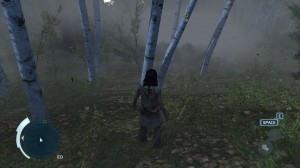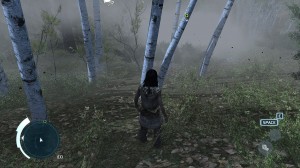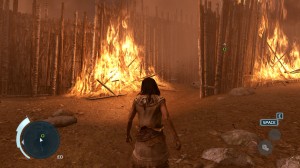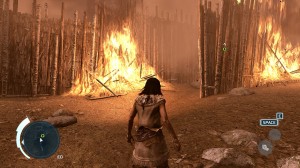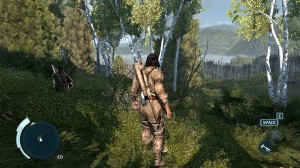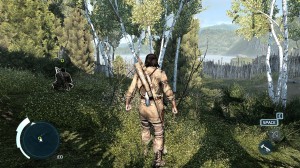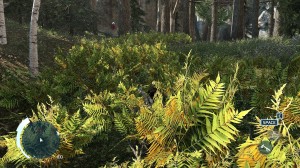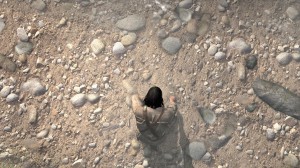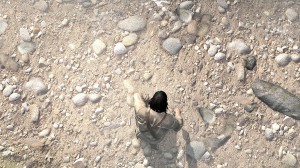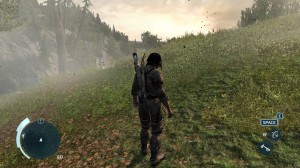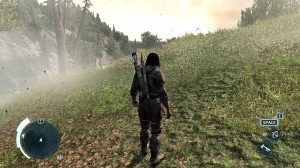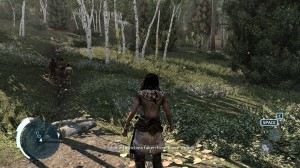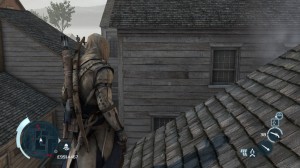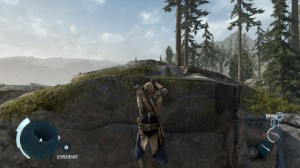Ah, the beauty of SweetFX; a tool that can literally transform a game into a piece of art. A tool that can make a game look exactly the way you want to. A tool that is a must-have for every PC gamer. Therefore, we’ll be posting a comparison – after the Performance Analysis of each and every title – between its vanilla and its modded version. Since everyone has a different opinion on what looks best, we’ll also be featuring your configs (alongside some comparison shots that you’ll have to send us, as well as what was your take on using those parameters). Remember, this is not a competition, as everyone has different tastes. These posts will simply offer you some SweetFX settings that might make your games look prettier.
So, below you can find our settings, accompanied with those of our readers Sid Spyker and Vladimir Rosenkov. In order to give a more realistic feel to it, we de-saturate the visuals of Assassin’s Creed III, increased the contrast, added a little bit of exposure and used a little bit of sharpening. The end result is satisfying and close to the original, therefore we decided to avoid presenting split image comparisons.
As always, vanilla shots are on the left and modded shots are on the right.
Those interested can download all SweetFX_settings from here (you’ll have to rename the one you want to use to ‘SweetFX_settings.txt’). SweetFX mod can be downloaded from here.
Enjoy!
DSOGaming settings:
Vladimir Rosenkov settings:
Sid Spyker settings:

John is the founder and Editor in Chief at DSOGaming. He is a PC gaming fan and highly supports the modding and indie communities. Before creating DSOGaming, John worked on numerous gaming websites. While he is a die-hard PC gamer, his gaming roots can be found on consoles. John loved – and still does – the 16-bit consoles, and considers SNES to be one of the best consoles. Still, the PC platform won him over consoles. That was mainly due to 3DFX and its iconic dedicated 3D accelerator graphics card, Voodoo 2. John has also written a higher degree thesis on the “The Evolution of PC graphics cards.”
Contact: Email


